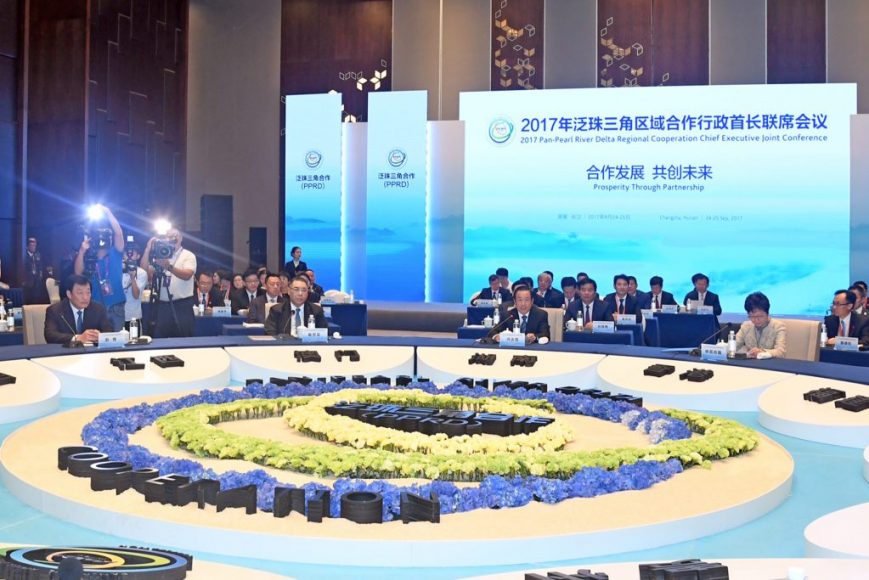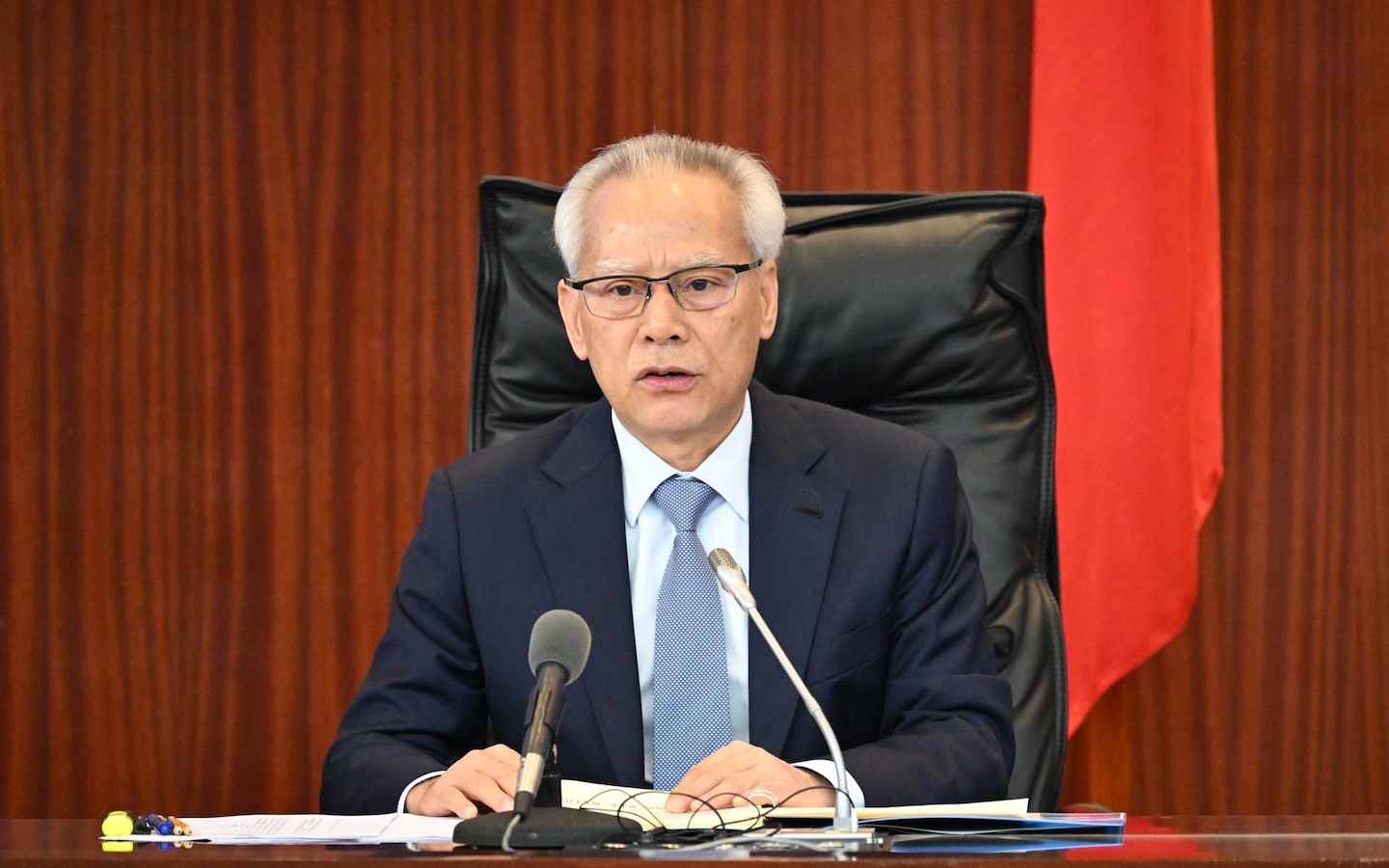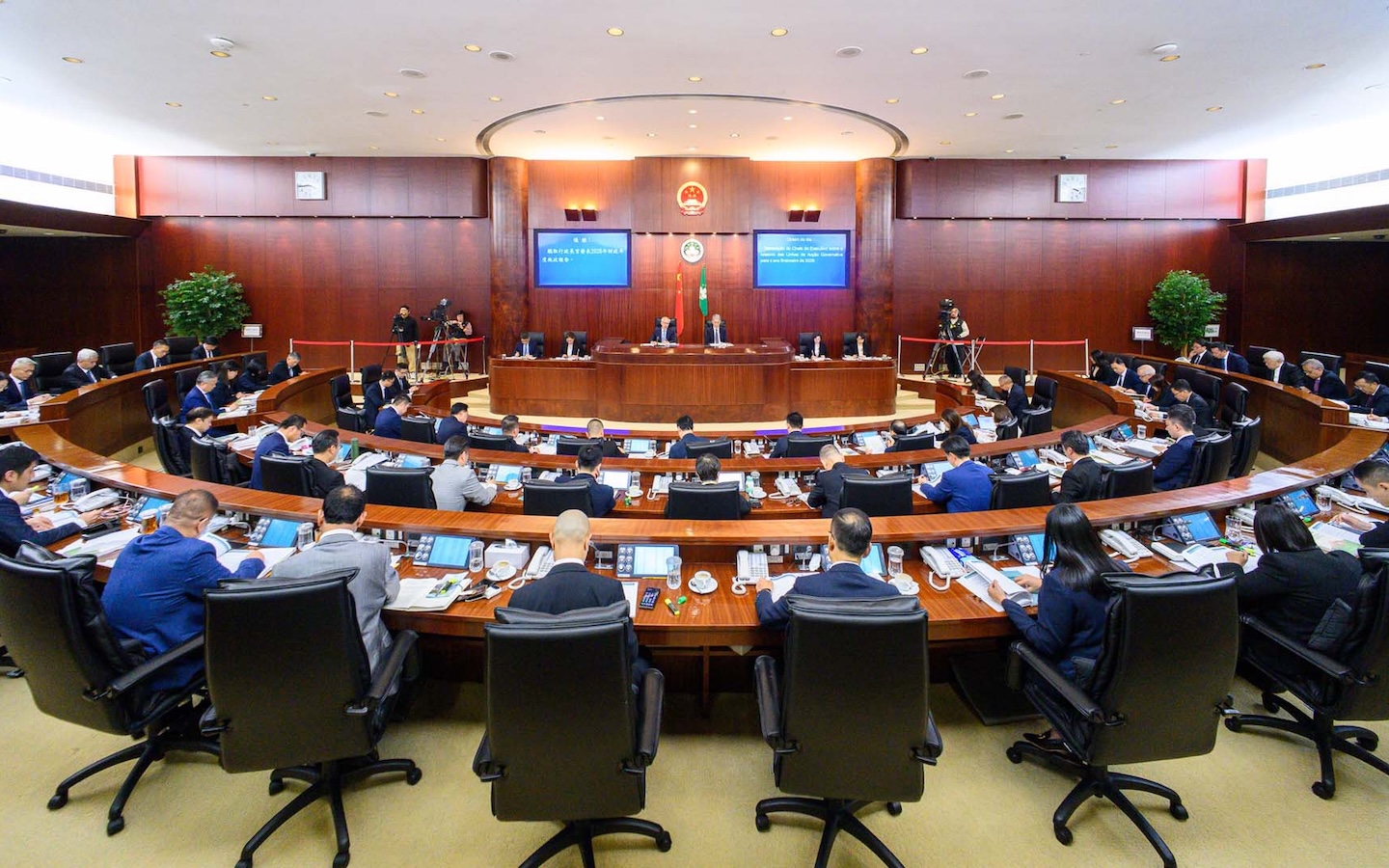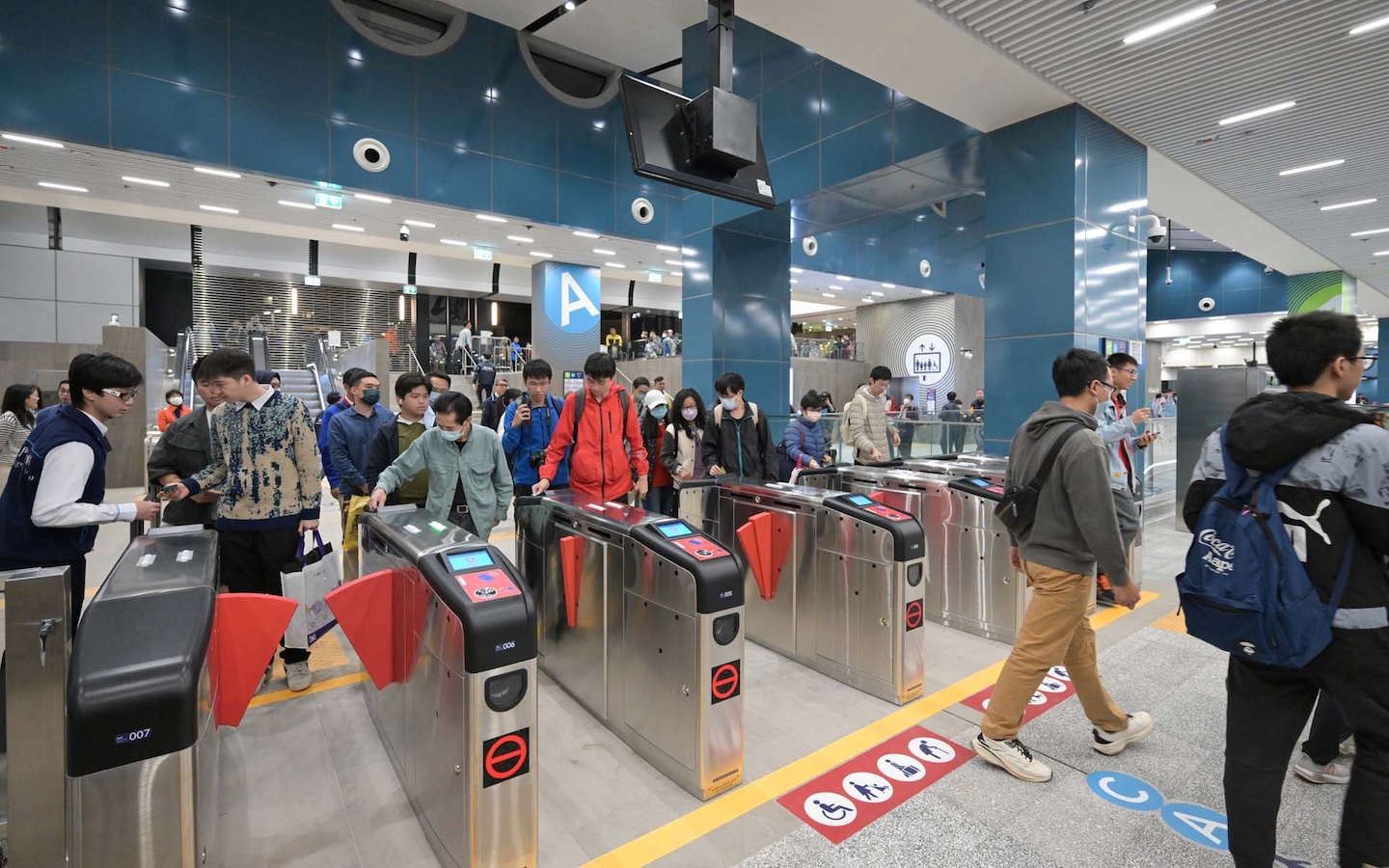Chief Executive announces a visit by Pan-Pearl River Delta officials to the Portuguese-speaking countries in 2018
Macao Chief Executive Chui Sai On announced that his government is preparing a visit by the members of the Pan‑Pearl River Delta (PPRD) to the Portuguese‑speaking countries (PSC) in the first half of 2018.
Chui made the announcement in Changsha, capital of Hunan province, at the 2017 Pan‑Pearl River Delta Regional Cooperation Chief Executive Joint Conference. Held on 25 September, the conference brought together senior officials from nine provinces of China and two Special Administrative Regions (9+2). Together, the 11 provinces/regions – Fujian, Jiangxi, Hunan, Guangdong, Guangxi, Hainan, Sichuan, Guizhou, Yunnan, Hong Kong, and Macao – account for one‑third of the country’s population and more than a third of its GDP.
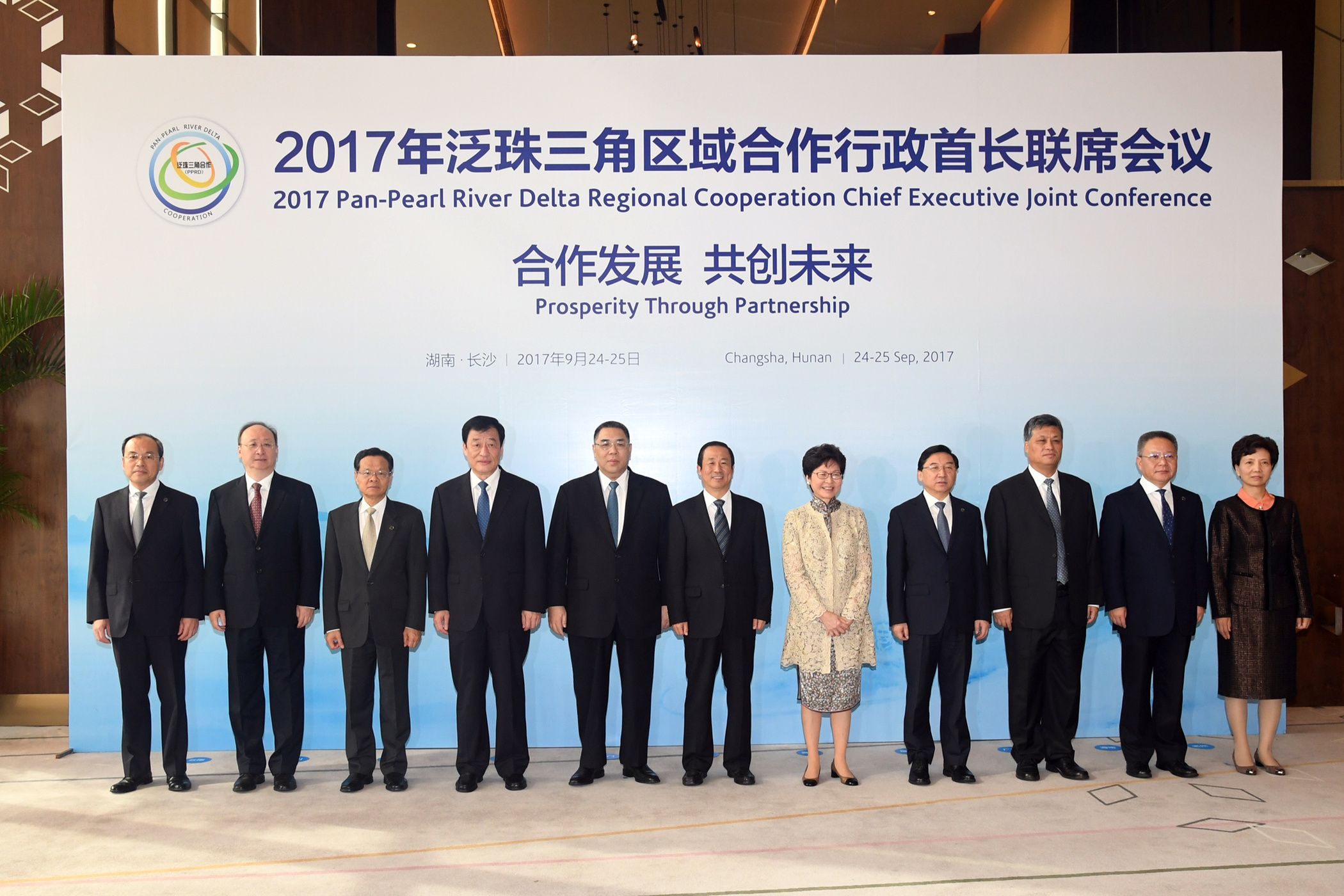
Integrating the region
Hunan Governor Xu Dazhe presided over the conference attended by the governors of the other eight provinces and the Chief Executives of the two SARs. The leaders focused their discussions on four main topics: enhancing Pan‑PRD connectivity; jointly constructing the Guangdong‑Hong Kong‑Macao Greater Bay Area; deepening cooperation in innovation in science and technology, promoting industrial integrated development and industrial upgrading in the Pan‑PRD area; and improving environmental protection based on an integrated and collaborative system.
The announced PSC visit is just one example of the pivotal role Macao will play in Belt and Road (B&R), both nationally and internationally.
They also exchanged views on construction of the Pan‑PRD High‑speed Rail Economic Belt and establishing a Pan‑PRD Cooperation Foundation.
During the conference, government leaders of the PPRD provinces/regions witnessed the signing of a PPRD Regional Customs and Clearance Co‑operation Agreement and a PPRD Regional Tourism Union Co‑operation Agreement. The two agreements focus heavily on increasing connectivity between Macao, Hong Kong, and the mainland provinces to promote tourism, enhance exchanges, and further the broader goals of the PPRD.
The seven aspects of cooperation outlined in the agreements include provisions to fast‑track customs between member provinces/ regions, build a PPRD tourism brand and designing quality trans‑regional tourist routes, conduct overall tourism marketing strategies, improve the training of tourism sector workers, and promote cooperation among think tanks.
In addition, Xu convened a consultative meeting between the PPRD provinces/regions and the central authorities. The assembled government leaders met with officials from the National Development and Reform Commission, the Hong Kong and Macao Affairs Office of the State Council, and representatives from the China Railway and the China Development Bank to exchange views on PPRD cooperation matters requiring support from central authorities, including the establishment of an Express Rail Link economic belt in the PPRD region and a PPRD cooperation fund.
The meeting concluded that the next PPRD Regional Cooperation Chief Executive Joint Conference will be held in 2018 in the Guangdong province. Guangdong, together with Jiangxi province, will host the 12th Pan‑Pearl River Delta Regional Cooperation & Development Forum and Economic & Trade Fair the same year.
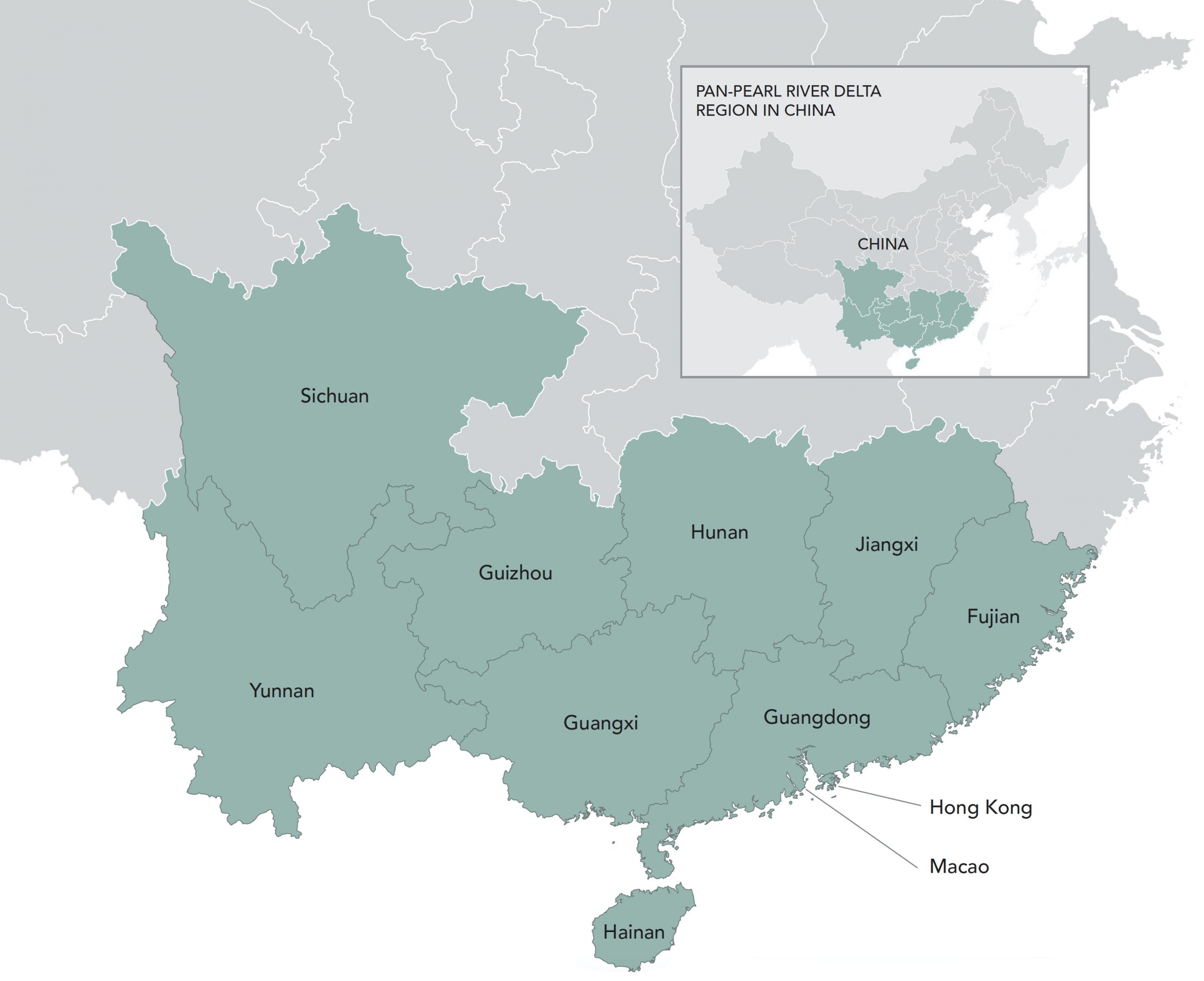
Contribution and cooperation
At the meeting, Hong Kong Chief Executive Carrie Lam said that, as a regional transportation hub and a major asset management centre in Asia, Hong Kong would actively complement and support the establishment of the Express Rail Link economic belt in the PPRD Region and the PPRD cooperation fund, under the “one country, two systems” framework.
“In participating in the development of the Belt and Road initiative, Hong Kong has niches in professional services and geographical advantages,” Lam said. “The current‑term government will integrate Hong Kong’s own developments with the Belt and Road initiative, with a view to consolidating traditional priority industries of Hong Kong and opening up potential new areas of economic growth.”
In terms of participating in the development of the B&R initiative, she noted that the PPRD provinces/regions could “go global” by utilising Hong Kong as a platform for two‑way opening up.
Lam offered four specific areas in which Hong Kong could contribute: serving as a platform for investment and financing; building a transportation and logistics hub; being a platform for professional services; and taking forward the development of the Guangdong‑Hong Kong‑Macao Greater Bay Area, with a view to complementing and promoting the participation of PPRD provinces/regions in the B&R initiative.
Regarding innovation and technology, she noted the HKSAR government’s commitment to promoting re‑industrialisation and the development of high value‑added industries. The HKSAR government would in future encourage universities in the territory and R&D institutions in PPRD provinces/regions to undertake more cooperative projects.
Lam also expressed her hope to nurture “people‑to‑people bonds” in the region through enhancing cooperation between Hong Kong and PPRD provinces/regions, both in youth work and in the implementation of measures to facilitate Hong Kong people studying, working, and living in the mainland.
International platform
Macao has its own part to play in realising PPRD goals, particularly in facilitating the B&R initiative. Chui said that Macao should leverage its advantages in terms of language, culture, and relationship with the Chinese overseas communities, and its role as a bridge between China and the PSC to serve the provinces/regions of the PPRD region. He added:
“Macao will continue to develop its role as a service platform in China‑PSC trade cooperation and explore business opportunities and work toward greater cultural exchange based on Chinese culture and the coexistence of a multinational culture, building on the legacy accumulated over 400 years in the meeting of Eastern and Western cultures, together with the cities of the Greater Bay and the PPRD region.”
Macao recently utilised its role as a platform in regards to another major topic under discussion at the conference: environmental protection. In March 2017, Macao organised a delegation of more than 50 officials from the PPRD to visit Brazil and Portugal where they exchanged ideas on environmental and water management, as well as the development and application of green energy. The visit offered opportunities to establish contacts in relevant fields; any future partnerships would serve to strengthen China‑PSC ties.
Speaking at the conference, Chui reaffirmed Macao’s commitment: “Cooperation with the PPRD in promoting tourism cooperation, and science and technology, in particular through the experience of the region and its provinces in the development of a smart city will continue.”
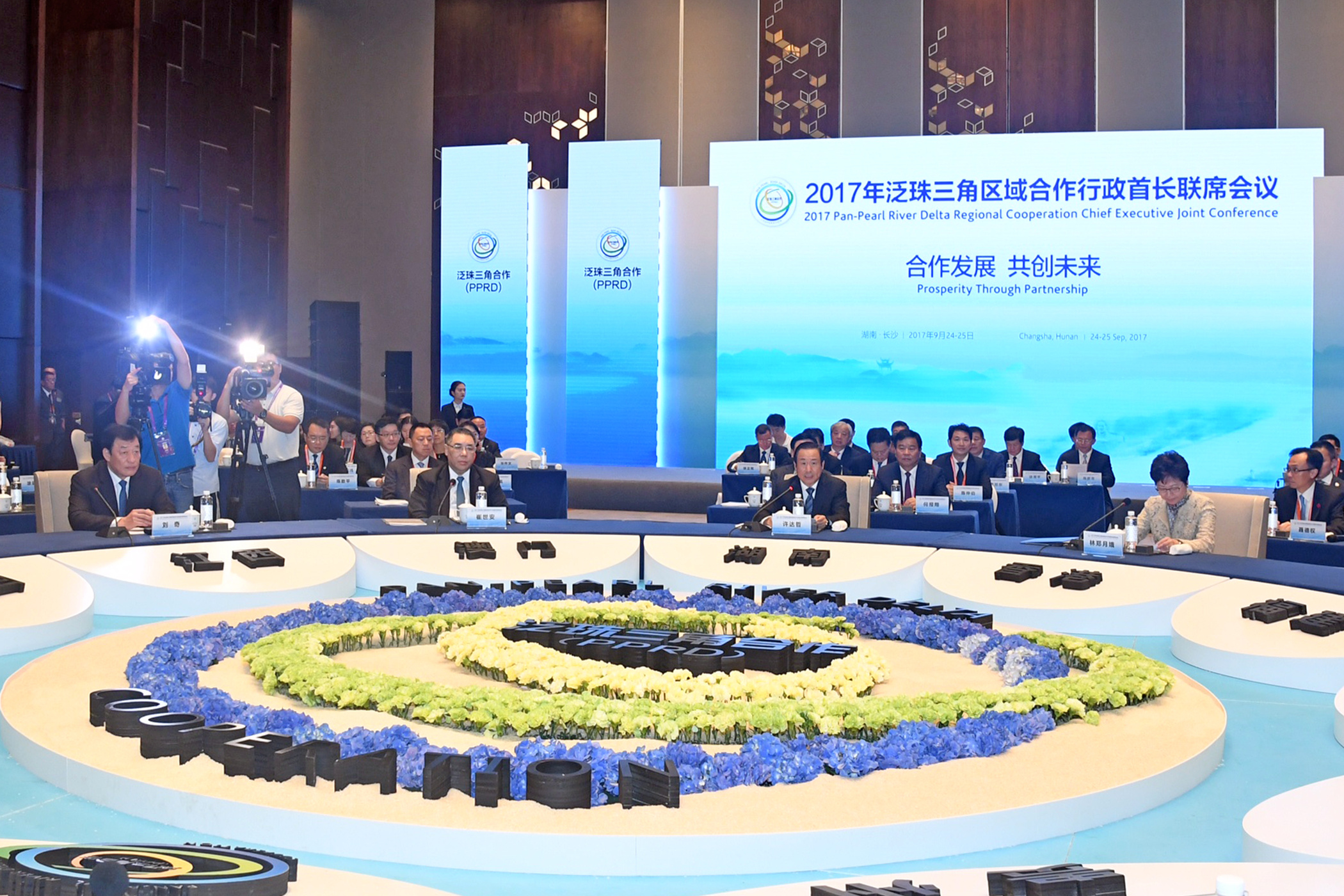
GDP and population statistics
The Pan‑Pearl River Delta Regional Cooperation Chief Executive Joint Conference was set up in 2004 as an important platform for regional cooperation and communications and approved by the State Council.
It is commonly referred to as the 9+2, because its members are nine mainland provinces and the two SARs of Hong Kong and Macao. Together, they account for one third of China’s population and GDP. Here are the GDP and population figures from 2016:

